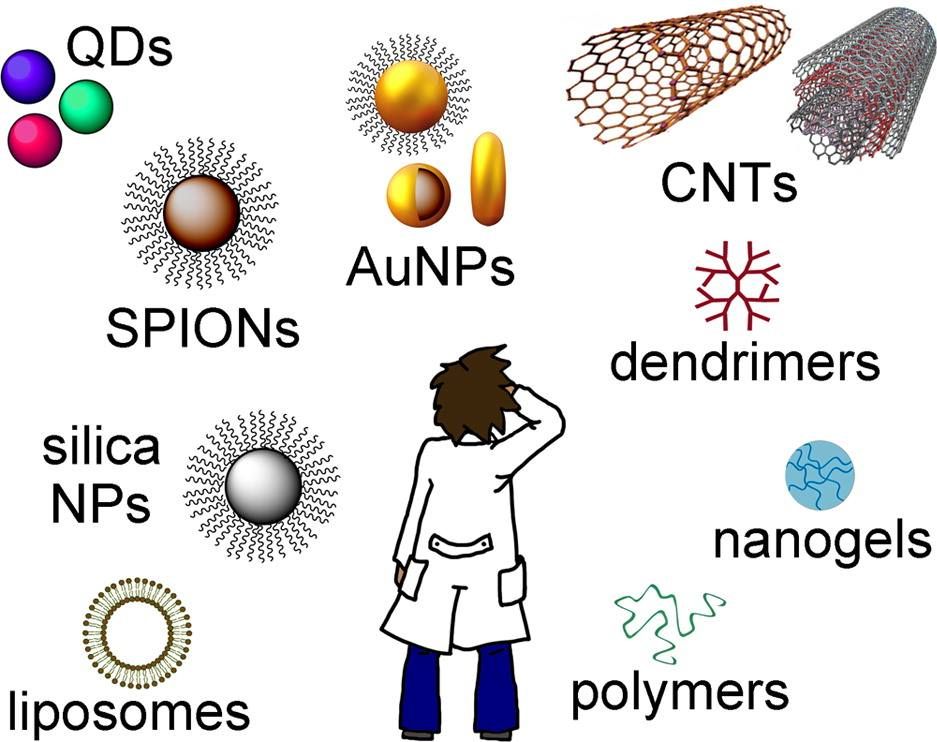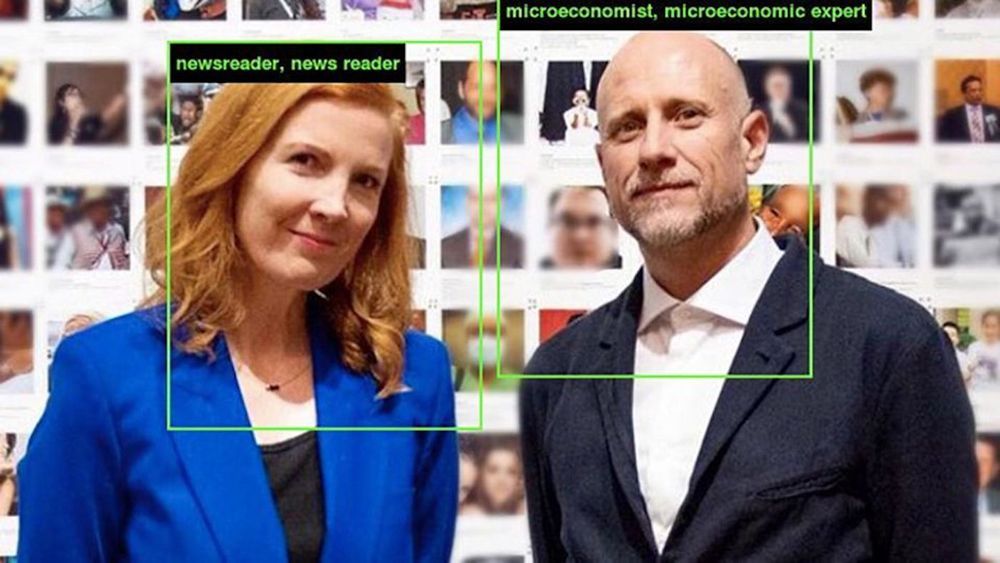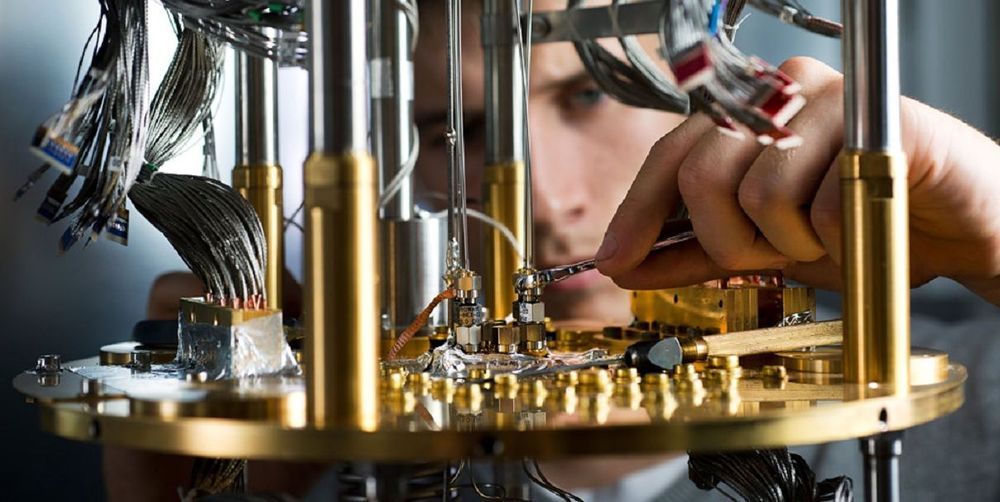The need to make some hardware systems tinier and tinier and others bigger and bigger has been driving innovations in electronics for a long time. The former can be seen in the progression from laptops to smartphones to smart watches to hearables and other “invisible” electronics. The latter defines today’s commercial data centers—megawatt-devouring monsters that fill purpose-built warehouses around the world. Interestingly, the same technology is limiting progress in both arenas, though for different reasons.
The culprit, we contend, is the printed circuit board. And the solution is to get rid of it.
Our research shows that the printed circuit board could be replaced with the same material that makes up the chips that are attached to it, namely silicon. Such a move would lead to smaller, lighter-weight systems for wearables and other size-constrained gadgets, and also to incredibly powerful high-performance computers that would pack dozens of servers’ worth of computing capability onto a dinner-plate-size wafer of silicon.




